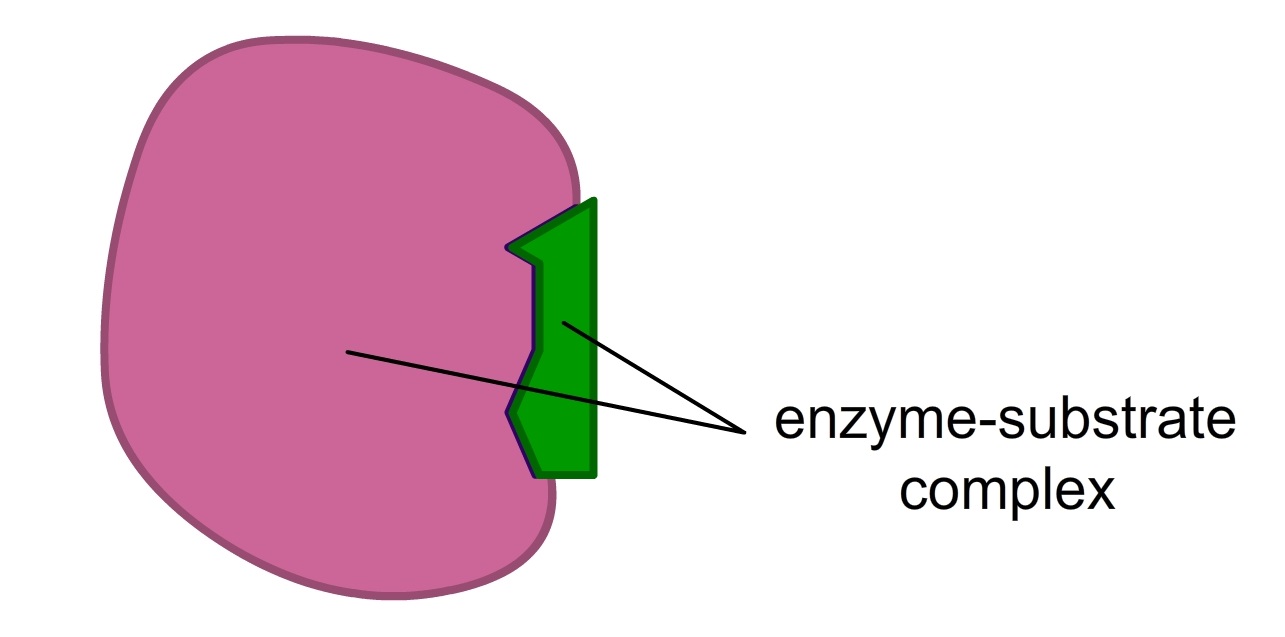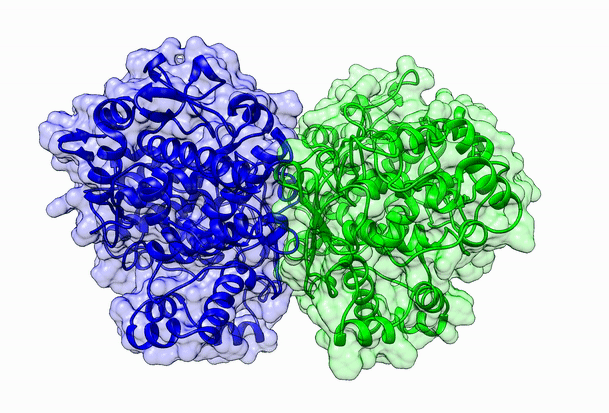This topic takes on average 55 minutes to read.
There are a number of interactive features in this resource:
 Biology
Biology
 Science (applied)
Science (applied)
Inside every cell, hundreds of chemical reactions take place. Enzymes help control the rate of all these reactions and make sure that they take place at the right place and in the right order for the cell to survive.
How do the right chemicals react together in your cells? Why do reactions take place so fast inside a cell? Why is it so dangerous if you have a fever that goes over 40°C? How can organisms survive in hot springs at temperatures above the boiling point of water?
Enzymes are globular proteins, built up of chains of amino acids. The shape of the molecule is held together by intramolecular bonds. The shape of an enzyme is key to the way it functions. Anything that affects the shape of the active site affects the function of the enzyme itself.
Enzymes control the rate of all the reactions in the body. Specialised feedback control systems enable the rate of complex chains of reactions to be matched to the demands of the body.
Enzymes are increasingly being used in industry, harvesting their power of catalysis to enable industrial process to take place in conditions of low pressure and temperature - making them much more economically viable.
Enzymes work by forming structures called enzyme-substrate complexes. The structure of an enzyme is closely related to its function in the cell.

